
Solar panels are one way to lower your energy bills and reduce your carbon footprint, but winter can be a challenging time. With cloudy days and shorter daylight hours, solar panels can struggle during these darker months, when our energy consumption is higher than in the warmer, brighter seasons.
With your heating and tumble dryer When you’re running at full capacity, you may have to rely on the grid for some of your energy needs. However, there are some simple steps you can take to ensure you get the most out of your solar panels during the winter.
Whether you already use a solar panel system or are doing research Things you need to know before buying solar panelsthere are many ways you can still benefit from the sun’s energy. Here are 9 ways to get more out of your solar panels this winter.
1. Clean the snow
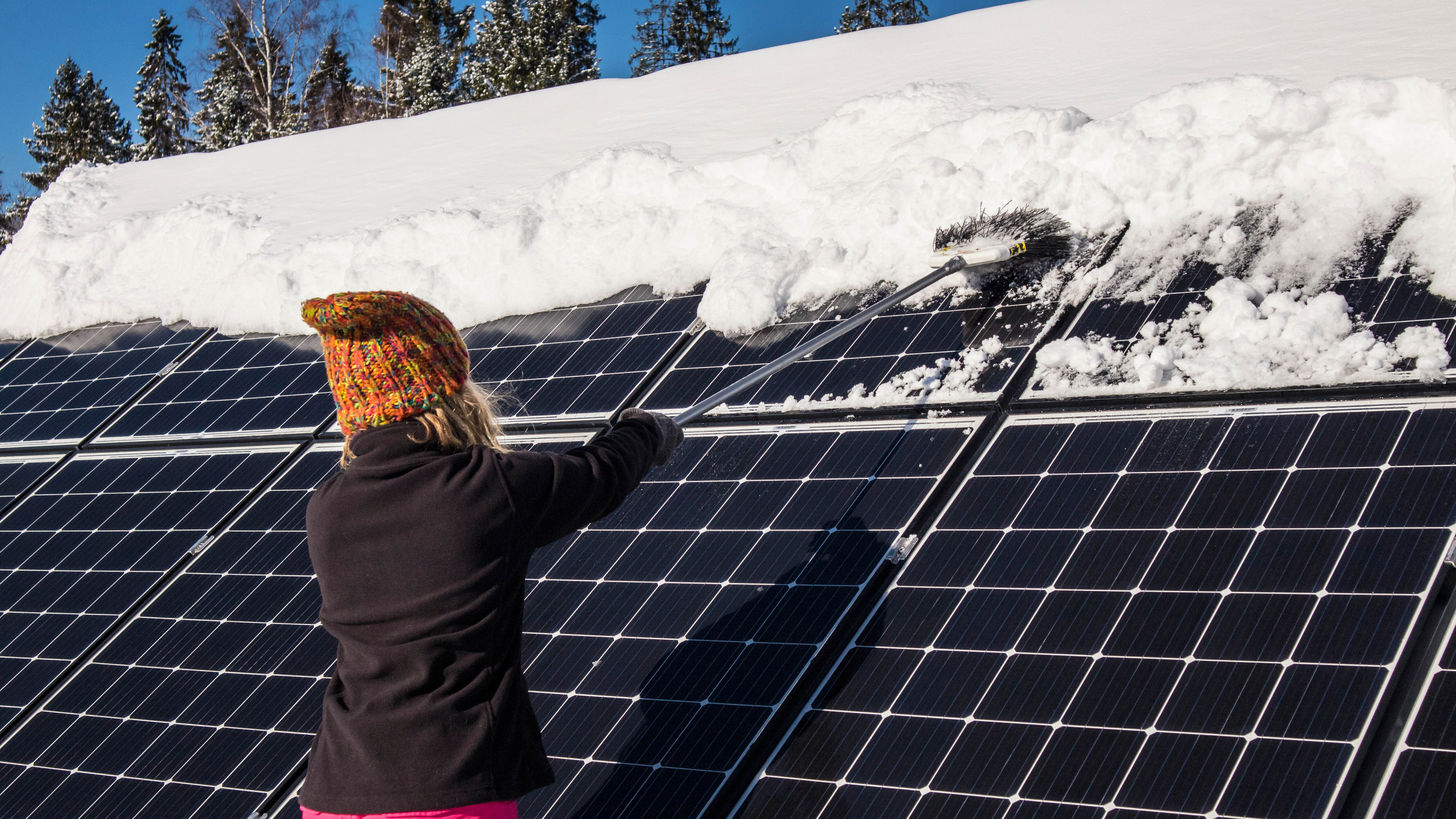
(Image credit: Shutterstock)
While we all love a bit of snow – a sure sign that winter is approaching – solar panels are not so keen. When covered in a blanket of snow, the electricity-generating solar cells are blocked from sunlight and cannot produce energy. Heavy snow can also damage the panels, with anything over a meter deep causing a weight problem.
Project Solar Energy UK says, “Removing snowy deposits from your solar panels will dramatically improve their efficiency, but first it’s important to know the best way to do it.”
It suggests that one option is to spray warm water from your garden hose over the snow, but check that the water is not too cold and freezes or too hot, causing the solar panels to crack.
You can also try sweeping the snow off the roof panels, especially if you have an extendable broom. Project Solar UK recommends using a foam brush head rather than a bristle brush head to avoid scratching the panels. But keep health and safety in mind, and if the job isn’t safe for you, call in a professional.
It’s also worth thinking ahead before installing your solar panels, especially if you live in an area where heavy snow is expected. Some solar panels come with heating systems already installed, which is worth the investment to prevent snow from forming a blanket.
Snow isn’t just a problem if you have solar panels; Extreme temperatures can cause major damage to your plumbing system, leading to frozen and burst pipes. Definitely do it Prepare your pipes for winter before the cold weather sets in.
2. Give them a cleaning
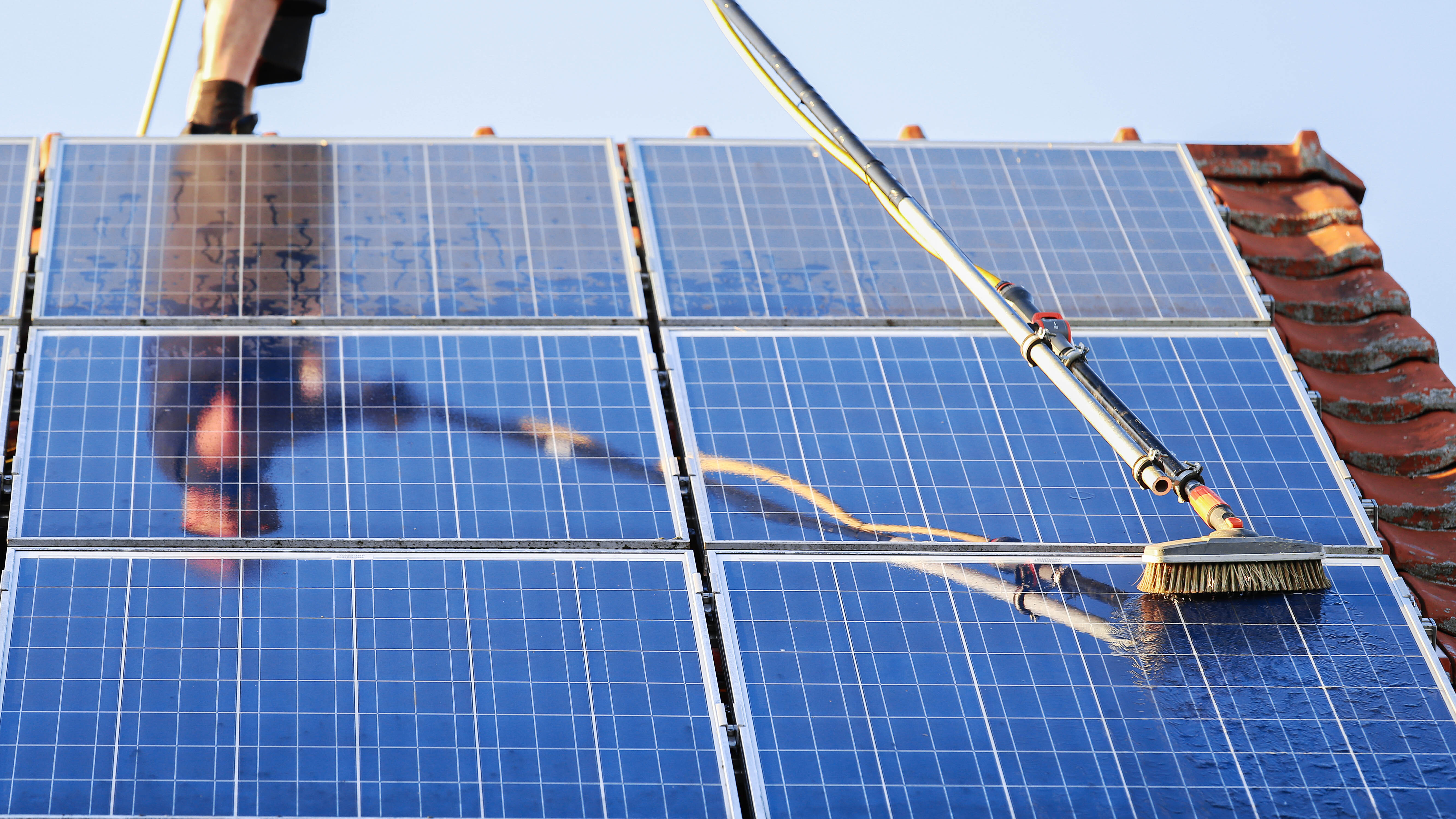
(Image credit: Shutterstock)
Dust, leaves and bird droppings all contribute to the build-up of dirt on your solar panels, preventing the sun from reaching the cells and reducing their efficiency. Although rainwater does a good job of washing away some of the dirt, they may require regular cleaning to keep them working optimally, so you can be sure your investment is well spent.
A quick spray of water and a light wipe with a long-handled brush are all it takes to keep your panels clean. Avoid using abrasive cleaners that can scratch the cells. The frequency of cleaning will depend on your landscape and weather conditions, but a thorough cleaning twice a year should be sufficient.
If you need to climb on the roof, we recommend that you call a professional to clean them. Numerous specialist cleaning companies, including window cleaners, will offer the service.
While it is easy to see the build-up of dirt on your panels, you can also monitor their performance and see any irregularities in the output, although this will require a monitoring system. A decline in performance is a sure sign that they need a cleaning.
3. Tilt your panels
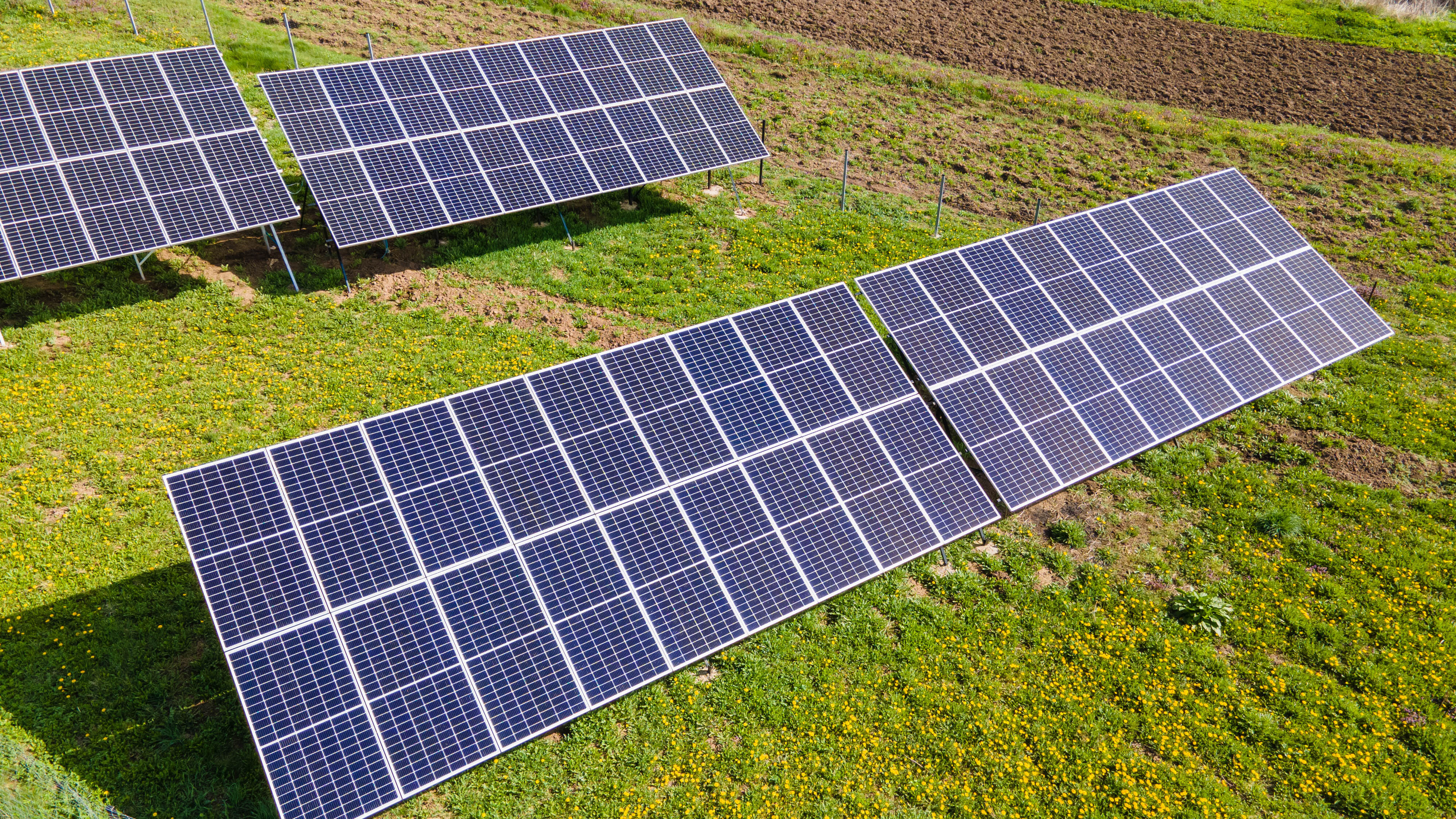
(Image credit: Shutterstock)
Solar panels are usually installed at the same angle as your roof – usually between 30-45° – and towards the south to optimize sun exposure. The slope causes the snow to slide, while the sunny, south-facing aspect means the snow melts much faster than anywhere else.
However, in areas with heavy snowfall or where sun exposure is more limited, it may be advisable to install the solar panels at an angle of approximately 60°. This also helps to generate more electricity in the winter months when the sun is lower in the sky.
Your installer should consider your location and the best angle for your annual energy production before installing your panels.
4. Install a battery
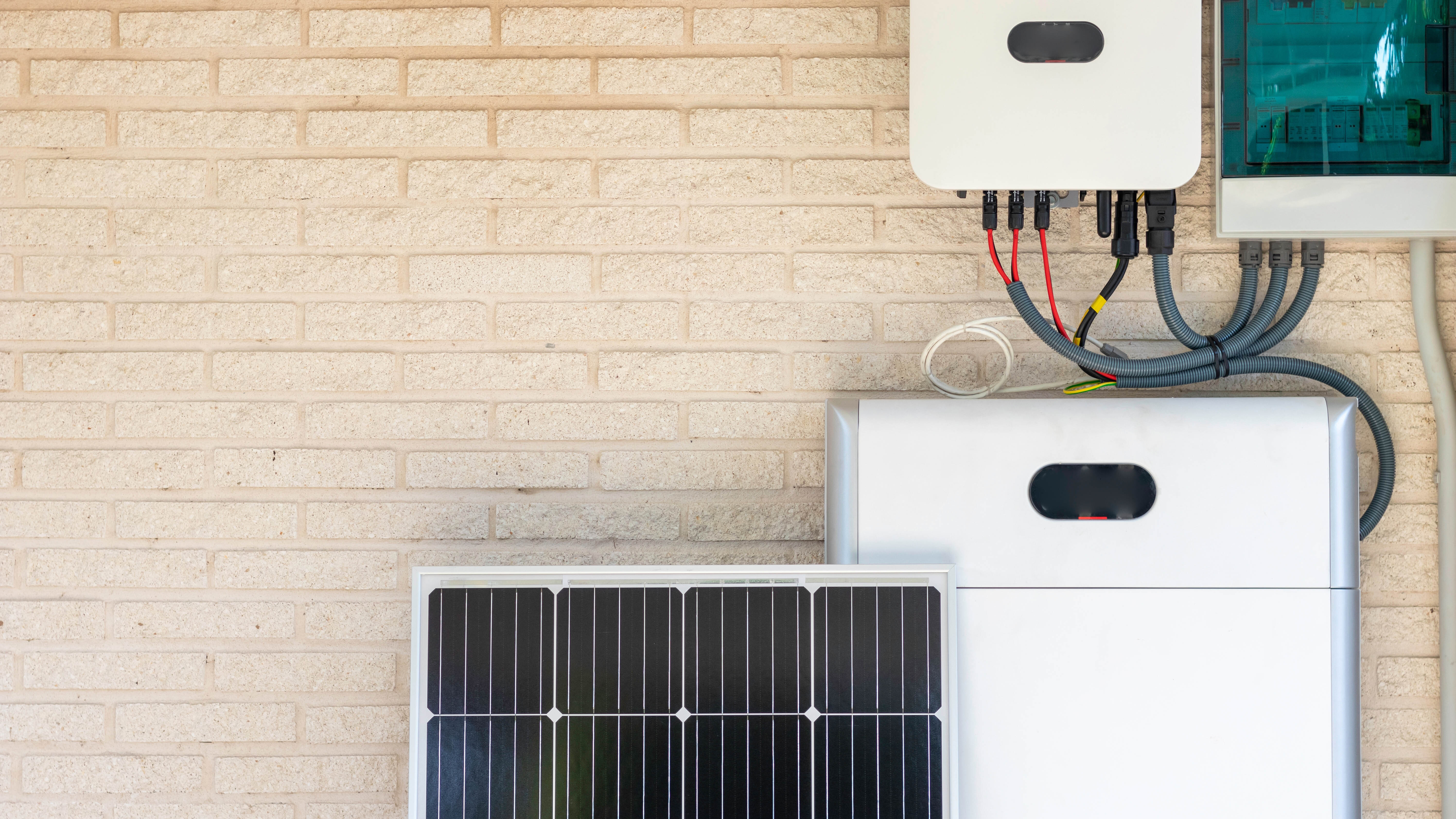
(Image credit: Shutterstock)
A battery is a good investment to ensure you have some energy on hand for the duller days and can help you with that Save money and improve the performance of your solar panel.
By storing your own self-generated electricity, you can take advantage of the sunnier, warmer climates, when your energy consumption is lower than during the colder months. The alternative is to rely on your local electricity grid when the sun goes down, leaving you with an unwanted bill.
Whether you need to invest in a battery may depend on when you use your electricity. A battery is a good option if your consumption peaks in the evening instead of during the day. But what can you expect to pay? It is based on the battery type, quality and lifespan, and varies depending on the brand you buy from EnergySage say the price also varies between states. However, it says it typically costs $9,000 dollars to install solar batteries.
5. Maintain your solar panels
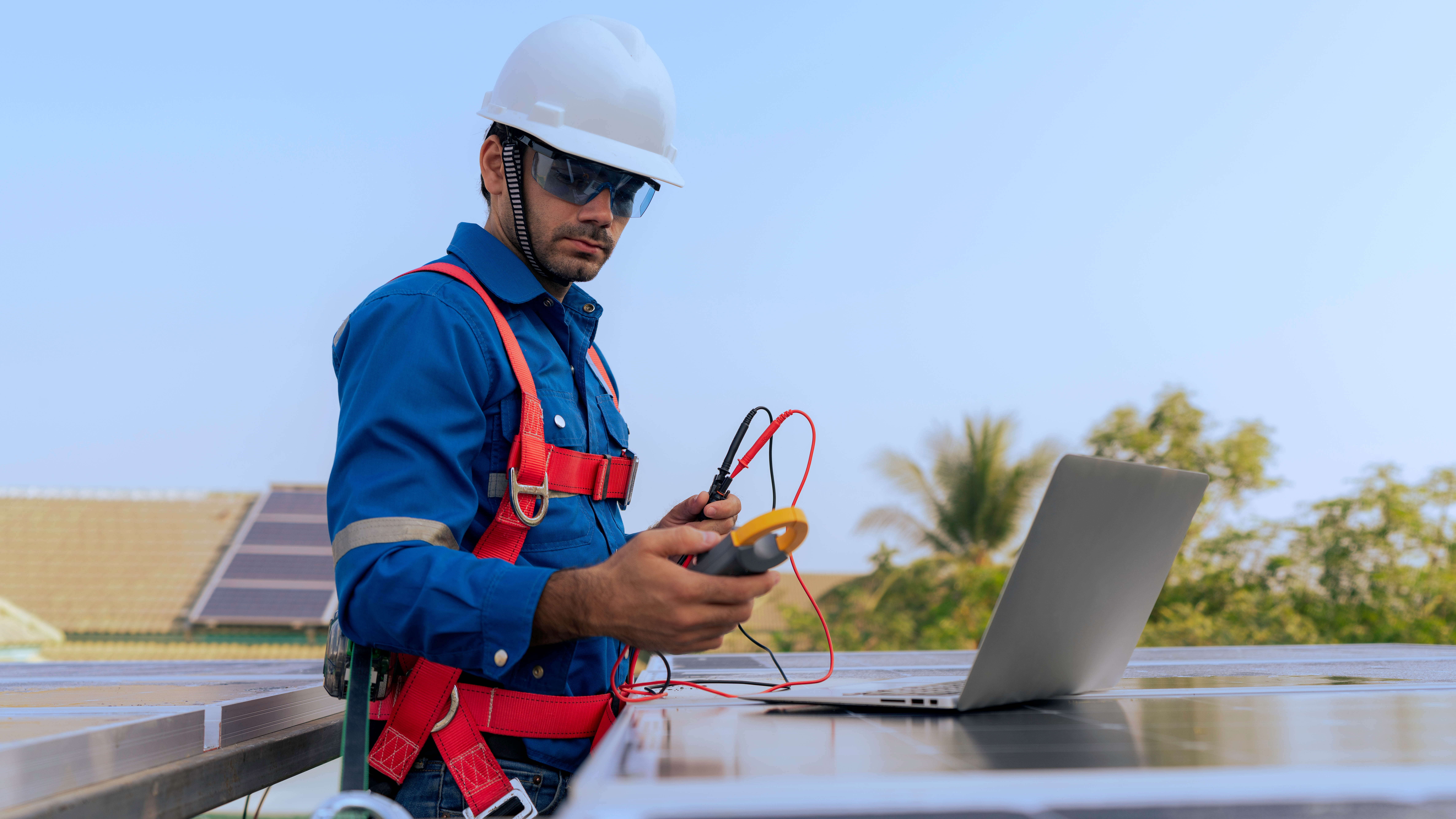
(Image credit: Shutterstock)
To keep your solar panels in top condition, it’s worth asking your installer if they offer an annual maintenance check. In addition to noticing any outward signs of wear, such as scratches from debris and severe weather damage that prevent the sun from reaching the cells, they can also test the internal workings.
If you notice a sudden drop in performance at any other time, it is a good indication that a bug needs to be fixed.
The Energy-saving confidence says you can expect newly installed solar panels to last 25 years or more: “The only device that needs to be replaced before replacing the panels is the inverter.”
The inverter’s job is to change the type of electricity generated by your panels (DC) into the type of electricity that powers your household (mains voltage AC).
It also recommends conducting a safety test of your solar panel system within 10 years of installation, and every five years thereafter.
6. Make your panels bird-proof
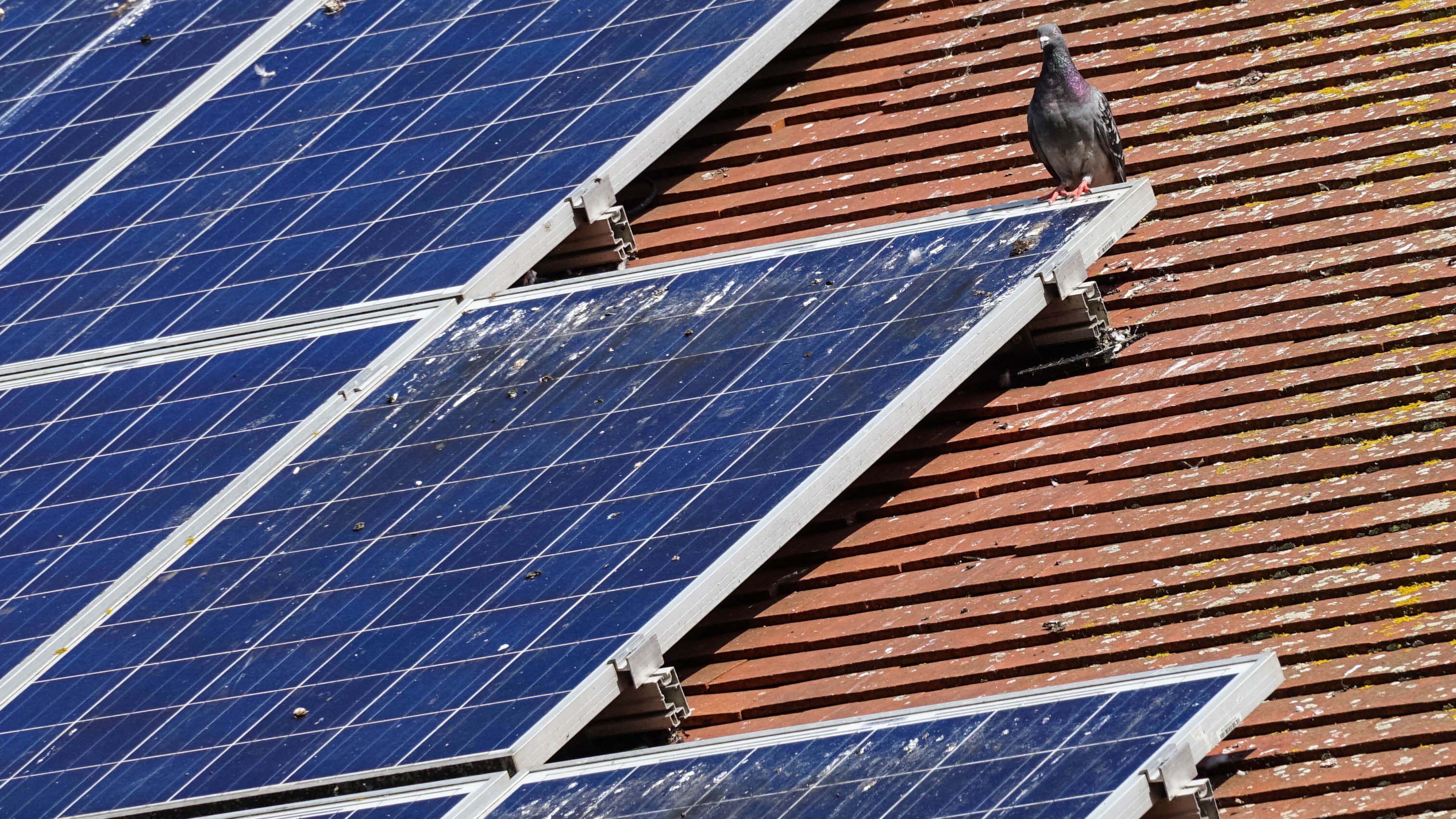
(Image credit: Shutterstock)
While many of us welcome wildlife into our gardens, when it comes to solar panels, we should encourage our feathered friends to go elsewhere.
Pigeons are the main culprit. Their droppings coat the panels and reduce their effectiveness, while the high acidity damages and erodes the wires. Their sharp claws can also damage and scratch the panels.
But what is the solution? If you plan to install solar panels and know that pigeons are a problem in your area, it is cheaper to protect them from the start. If you add protection afterwards, you will have to add the price of the scaffolding again.
There are several options to protect your panels, from bird netting to bird blocking or a sunshade, which prevents birds from nesting under the panels, to anti-rust sticks, which prevent them from nesting on the roof. Alternatively, a simple decoy that mimics predators, such as an owl, may be the solution.
7. Be more energy efficient
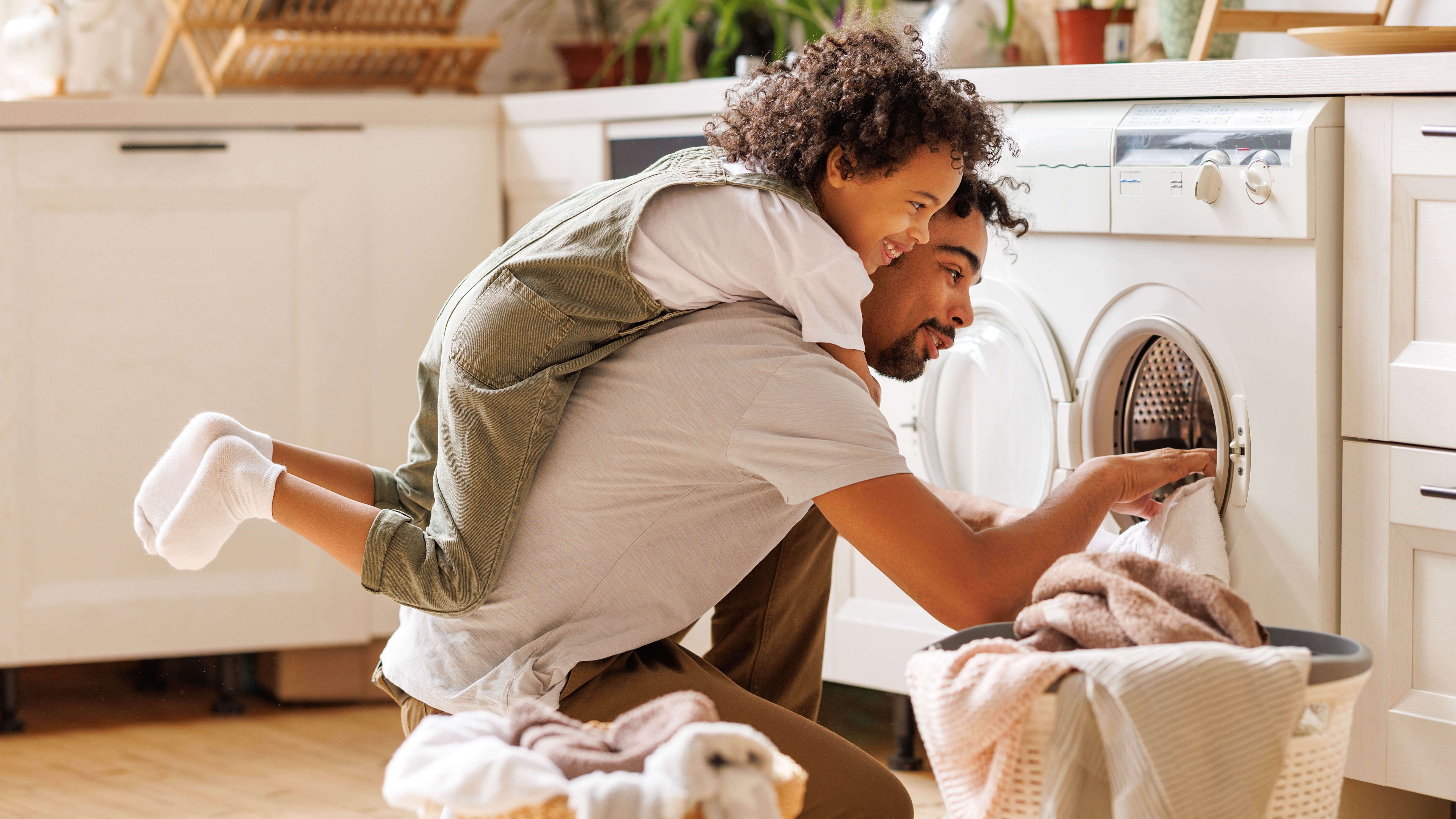
(Image credit: Shutterstock)
When your solar energy output declines, one solution is to refocus on how and when you use your appliances. Simple replacements and changes can make a big difference in getting the most out of your solar energy output. If you use your washing machine at night so that your clean laundry is ready to dry in the morning, you can use the appliance during the day.
There are other steps you can take, such as switching to energy-efficient light bulbs, which can help you save energy no matter the time of year.
8. Track your usage with an app

(Image credit: Shutterstock)
One way to get the most out of your solar panels is to monitor your energy consumption throughout your home. You can do this by using an app to see when your energy consumption is high, medium and low, and then you can adjust your behavior pattern if necessary. You may need to consider running your dishwasher and washing machine at different times because their energy consumption is high.
You can also connect your solar panels to an app to see when they are exporting the most energy, and adjust your energy consumption to make the most of the excess power.
9. Buy energy-efficient appliances
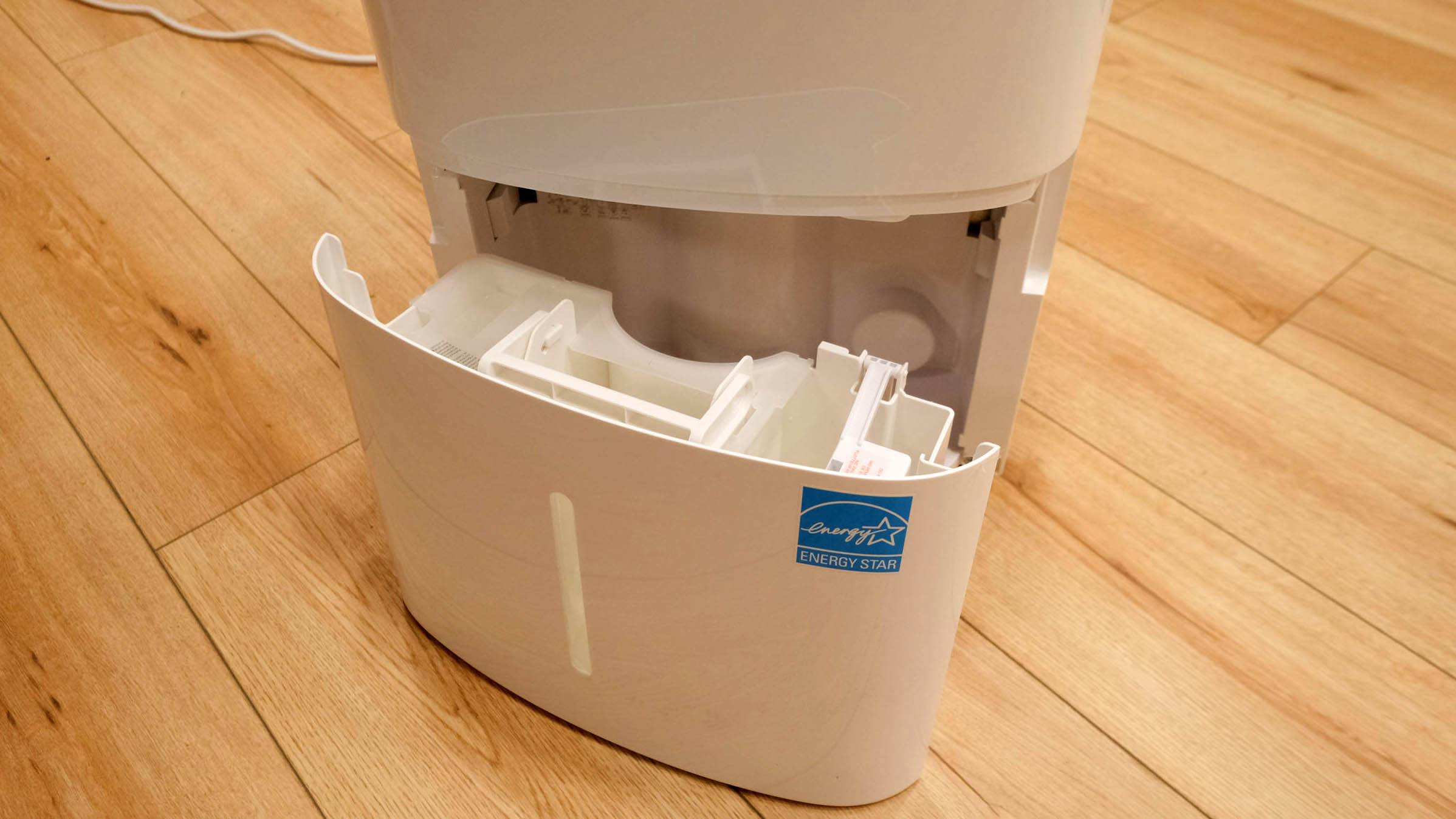
(Image credit: Future)
If you have already invested in solar panels, you want to save energy where possible and reduce your ecological footprint. One way to reduce your energy needs is to switch to energy-efficient appliances when replacing worn-out products.
Look for the Energy Star symbol when you buy a new appliance, whether it’s a refrigerator or a electric range. The label indicates that the product meets high energy efficiency standards. You can also save money further in the US where possible get up to $840 in rebates when you upgrade to an induction cooktop and other devices.